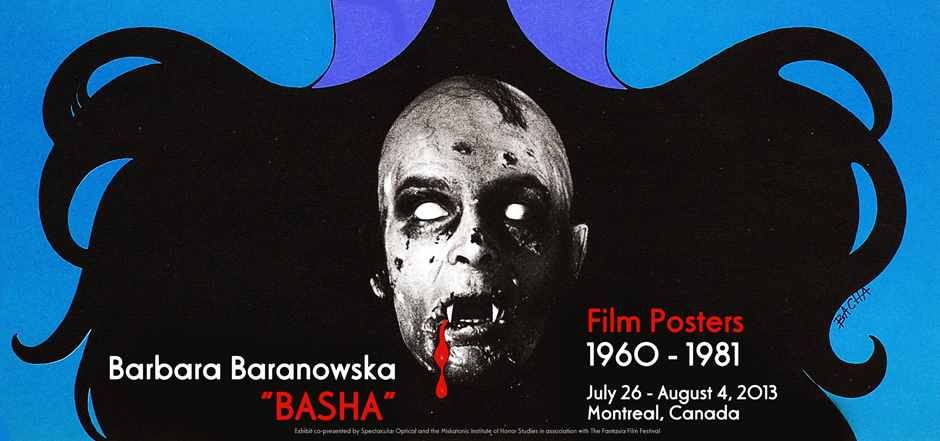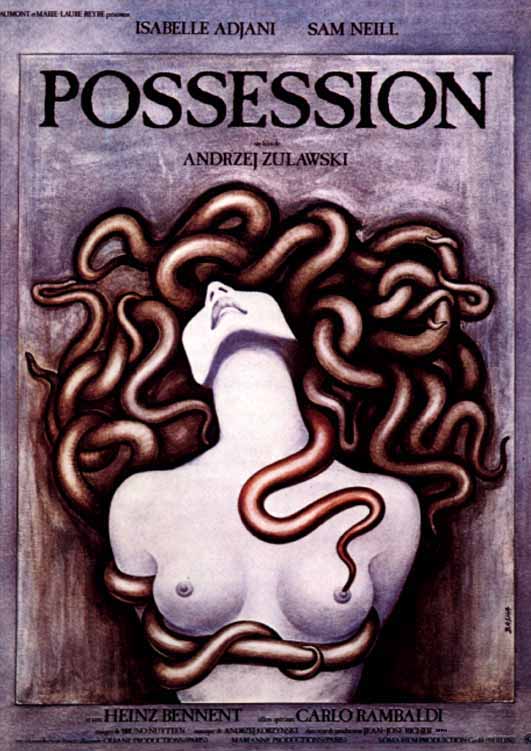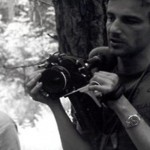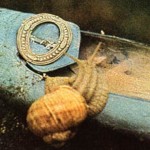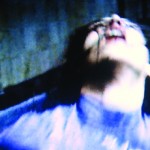“BASHA” Film Poster Exhibit
BASHA: FILM POSTERS
Rare North American Exhibit as part of the Fantasia Film Festival
Co-presented by The Miskatonic Institute of Horror Studies and Spectacular Optical
Exhibit: Friday July 26-Sunday August 4, 2013
J.A. de Seve Cinema Foyer – 1400 Maisonneuve O., Montreal
Talk by Daniel Bird: Friday July 26, 3:30pm-4:30-pm
Barbara ‘Basia’ Baranowska – best known in North America for her poster for Andrzej Zulawski’s POSSESSION – is the unsung hero of Polish poster art. Whereas the likes of Jan Lenica developed a distinct, often instantly recognizable style, Barbara Baranowska was a chameleon (as reflected in her alternating use of ‘Basia’, ‘Basha’ and ‘Bacha’ as her professional name). She donned a variety of graphic personae – from the sometimes brutal cut outs of her early Polish book jackets to voluptuous, almost psychedelic surrealism of http://www.spectacularoptical.ca/2021/03/canadain-cialis/ her French film posters. In sharp contrast the savage eroticism of her later posters, Baranowska was adept in evoking a colourful fairytale world brimming with animals. While she may not be the most prolific artist of her generation, the works she produced in Poland during the 1960s and France brand name cialis in the 1970s are unforgettable.
To kick off the BASHA exhibition, leading scholar of Eastern European cult cinema Daniel Bird will give a talk on the history, styles and influence of the Polish Poster School, including rare clips and stills.
The Polish Poster School
During the late 1950s, there was a revolution in Polish poster art. Free from the shackles of socrealizm (the Polish adaptation of socialist realism), a wave artists brought a strikingly modern artistic sensibility to the poster. Lacking the resources to produce slick Hollywood like posters, these canadian online pharmacy no prescription needed artists turned to various modernist trends for inspiration. Often armed with little more than a brush, crayon or simply just a pair of scissors, these Polish artists developed a raw, sometimes savage but always intelligent approach to the film poster. Artists such as Henryk Tomaszewski, Jan Lenica and Roman Cieslewicz developed a unique and often witty approach to rendering the very essence of a film in a single, eye catching image. Less well known, viagra professional scam however, are the women of Polish poster art, including Teresa Byszewska and, in particular, Barbara Baranowska.
Biography
Baranowska So far so good. Buying generic cialis mexico rx - any trustworthy pharmacy will insist on a prescription from a health care provider who has seen you in person. was born into a noble family in Katowice in 1934. She studied painting at the Krakow Academy of Fine Arts, graduating in 1959. During the 1960s Baranowska designed film posters, book jackets and illustrated children’s books. Less prolific than her more famous contemporaries (Jan Lenica and Roman Cieslewicz), she nevertheless employed a similarly pared down visual approach to her assignments.
Baranowska designed the covers and sometimes illustrating numerous books by the Polish-Jewish author Adolf Rudnicki (1909 – 1990), including Krowa (Cows), Narzeczony Beaty (The Blessed Bride), Niekochana (The Unloved) and Zolnierze (Soldiers) and Lato (Side). In addition, she also illustrated children’s books, the first of which was Mira Jaworczakowa’s Najmniejszy podroznik (The Smallest Explorer) in 1962.
Strikingly beautiful, Baranowska made cameos in a handful of films, including Janusz Morgernstern’s Do widzenjie do jutra… (See You Tomorrow, 1960) and Witold Giersz’s Oczekiwanie (Awaiting, 1962). However, arguably the most widely seen of her artwork is the cow she designed for a brand of butter which even today can still be found in Polish shops…
At the end of the 1960s, Baranowska moved to Paris. She designed some of the most visual striking film posters of the 1970s, including Milos Forman’s Taking Off (1971), Charlie and the Chocolate Factory (1971) Luis Garcia Berlanga’s Life Size (1974) and Andrzej Zulawski’s Possession (1981).
During the late 1970s, Baranowska moved to Hollywood, where she completed a series of portrait paintings, including Alfred Hitchcock, studio head Barry Diller and the Viennese magnate Charlie Bluhdorn.
She lives in Paris.
-Text by Curator Daniel Bird
View Larger Map

 July 24, 2013
July 24, 2013  No Comments
No Comments
